The debate between boots and shoes is as old as footwear itself. We have no doubt cavemen passionately debated this very topic.
At Kizik, we get that picking out the right shoe or boot is more than a fashion choice. It's about confidently stepping into your day, whether that’s climbing a mountain or walking down Main Street.
They may be cut from the same cloth, but shoes and boots have their own stories to tell. Each has its own purpose, style, and charm.
As we dive into their world, we'll explore how they're similar and different and how Kizik changes the game for both.
Which type of footwear will win? Time to step into the ring.
History and evolution
Let’s kick things off with a quick stroll down memory lane:
- Ancient roots: The story of boots and shoes goes way back in history. Both were invented to be simple foot protectors. Think animal skins and basic coverings. Functional? Yes. Fashionable? I guess you could call it “retro.”
- Diverging paths: As time marched on, boots were created for the rugged outdoors—think soldiers, explorers, and workers. On the other hand, shoes evolved for an urban lifestyle.
- Fashion statements: Enter the era of style. Boots became symbols of toughness and resilience, while shoes turned into icons of elegance and daily wear.
- Modern innovations: Here's where we at Kizik come in. We've taken the classic narratives of boots and shoes and spun them with modern twists. Our aim? To blend age-old reliability with contemporary comfort and ease.
- Tech meets tradition: It's not just about looks; it's about weaving in advanced materials, ergonomic designs, and our patented HandsFree Labs® technology. Because today's feet deserve timeless style and innovation of the future.
Design differences
Boots and shoes share a common goal—to keep our feet safe and sound. Their approach, however, is as different as sneakers and stilettos.
Boot basics
Boots aren't just about looking tough. They're engineered for specific purposes.
With their higher profile, boots shelter your ankles, providing more support in rough terrain and weather conditions. They’re what you need when tackling an uphill climb or trudging through the snow.
Let's be clear—boots aren't just about stomping around in the great outdoors. Modern boot styles, like our hands-free Chelsea Boot, offer functionality with a dash of high fashion. It has our HandsFree Labs® technology, fine-grained leather, and rugged capability.
Shoe styles
Shoes, on the other hand, tend to be more diverse in their design—from ballet flats to high heels to sneakers. They're a perfect match for the ins and outs of daily life, be it an office, a night out, or a stroll in the park. Lower in profile than boots, shoes typically cover the foot but not the ankle.
Kizik is also charting ahead in the renewable product space. Our Madrid Eco-Knit, for example, has a stretchy upper made from 100% recycled plastic bottles and is supported by our hands-free technology.
The comfort factor
When it comes down to comfort, boots and shoes have distinctive advantages.
Boots
With their sturdy design, boots provide impressive structural support, particularly to the ankle. Their thicker outsoles lend themselves to better shock absorption and often come with advanced features like water resistance. However, remember that this added durability may translate to a heavier load on your feet.
Shoes
Generally lighter than boots, shoes can feel like freeing up your feet for a dancing spree. They come with a wide range of flexibility based on their variety and uses. For example, our Athens Kizik is very versatile. It has rabbit foam outsoles for added cushioning for a day at the office, a trail, or just lounging at home.
Versatility and style
Now, let's dig into the fact that both boots and shoes capture a broad gamut of uses and fashion statements. Although they have different design elements and histories, both provide a multitude of style options and applications.
Boots
Generally, boots don’t shy from a challenge. They can bash their way through tough terrains and won’t flinch at most weather storms. But they can also be designed for more than tackling the outdoors.
Over time, boots have strutted down city streets and even shown up at parties. Today, you'll find slick, chic boot designs suitable for all kinds of occasions.
Shoes
Shoes have a wide variety of styles and are generally more flexible than boots. Go for Kiziks for when you're on the move, elegant flats for a more refined look, loafers for that business-casual vibe, or perhaps a simple pair of sandals for a relaxed stroll. Each style brings its own voice to the table, offering versatility that fits your ever-changing day and mood.
Finding the common ground
While boots and shoes each have unique characteristics, they also share some fundamental similarities, emphasizing what they bring to the table rather than setting their differences apart.
Protector of the feet
First and foremost, boots and shoes share the prime responsibility of guarding our feet. Be it the ruggedness of boots or the breezy charm of shoes, they're both fundamentally about providing a protective layer between your feet and the ground.
Comrades in comfort
Boots and shoes may differ in design specifics, but make no mistake—they're both made to keep your feet comfortable. Whether it's the ankle-supporting design of boots or the lightweight ease of shoes, they serve to offer a convenient, cozy home for your feet.
Champions of style
Boots and shoes can both make fashion statements. Both can be used to encapsulate elegance and express your personal style. So, while their designs differ, they can also converge to enable you to put your best foot forward—in style.
Evolution and innovation
Both boots and shoes have constantly adapted over the centuries to fit the changing needs of the times. They’ve integrated modern materials and embraced innovative technologies. Take Kizik, for example. They’re shoes made in all your favorite materials like leather, breathable mesh, canvas, and more. They’re also hands-free!
Picking the perfect pair: Tips and tricks
Now that we've unpacked the differences and similarities of boots and shoes, the question remains—how do you choose the best fit for you? Here are a few practical tips to consider when selecting between boots and shoes.
Analyze your agenda
Begin by considering what you need new footwear for. If your day involves lots of outdoor activities or rough terrains, you’ll find boots more suitable with their sturdy build and ankle protection.
Meanwhile, for indoor events or regular city commutes, shoes could provide the lightweight convenience you need. Our hands-free Roamer, for instance, adds an urban zest to your everyday look.
Tally your comfort tolerance
Boots and shoes aim for comfort in different ways. Boots may provide robust support, but the added weight could be a downer for some.
If you prefer something light and cozy, shoes like the Lima are a great choice. They have Rabbit Foam® outsoles that are crazy-comfy and keep your feet going all day.
Examine the elements
Your environment plays a big role in your choice. If you frequently encounter harsh weather or cold temperatures, the protective design of boots may be your best bet. However, for a warm, sunny climate, a pair of shoes—with breathability and cooler comfort—should be your go-to.
Consider your health and body needs
No two pairs of feet are the same. Some people have specific foot conditions or health requirements that make one type of footwear more comfortable than another.
For instance, if you have ankle issues or require more support, the sturdy structure of boots could provide you with increased stability. On the flip side, shoes with superior cushioning might be great for those looking for enhanced comfort and reduced strain on their feet.
Look for long-term value
Footwear is an investment for your foot health and comfort. While styles come and go, well-made, comfortable footwear will serve you in the long term. So, when deciding between boots and shoes, think about their durability, material quality, and how well they hold up to your daily routine.
When quality meets your needs, it’s money well spent. That’s true whether you’re going for the resilient, never-crush-out design of the Venice or the timeless look of the Prague.
The bottom line
When it comes to the age-old debate of boots vs. shoes, the real winner is you. At Kizik, we've got you covered with hands-free options for whichever way you lean. Choose sturdy, supportive boots for your adventues or go with practical comfy shoes for your every day.
Remember, it's not just about picking any footwear; it's about choosing a reliable partner for your feet. Whether you're climbing mountains or navigating the urban jungle, Kiziks are ready to go with you. So go on, step into a pair of hands-free Kiziks. Leave tying, bending, and your footwear worries behind!
Sources:
Shoe | Footwear, Types & History | Britannica
The Interesting History Of Boots | Walk with Boots
Shock absorption characteristics of running shoes | PCM
CHP: Why Good Footwear is So Important for Your Health | CHP Health Management



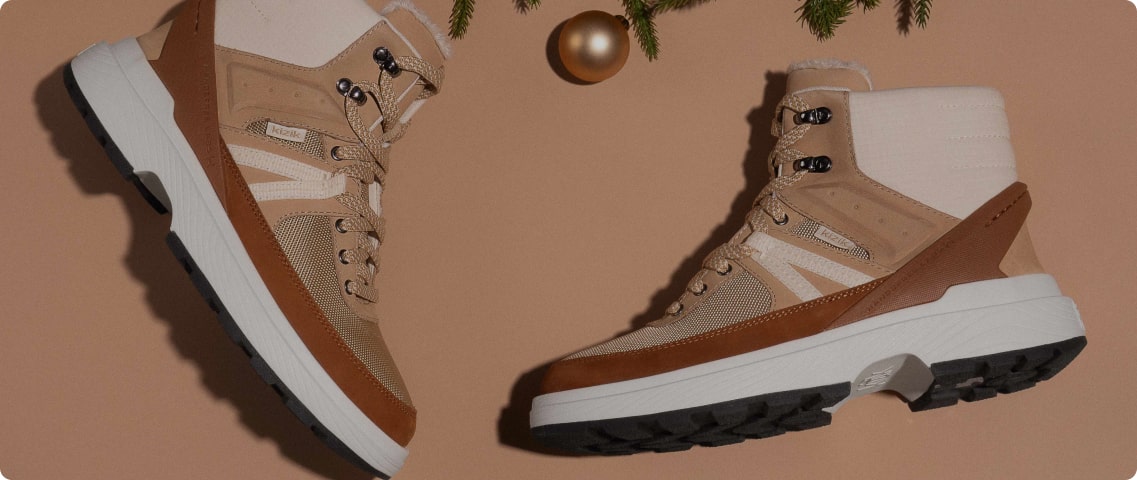
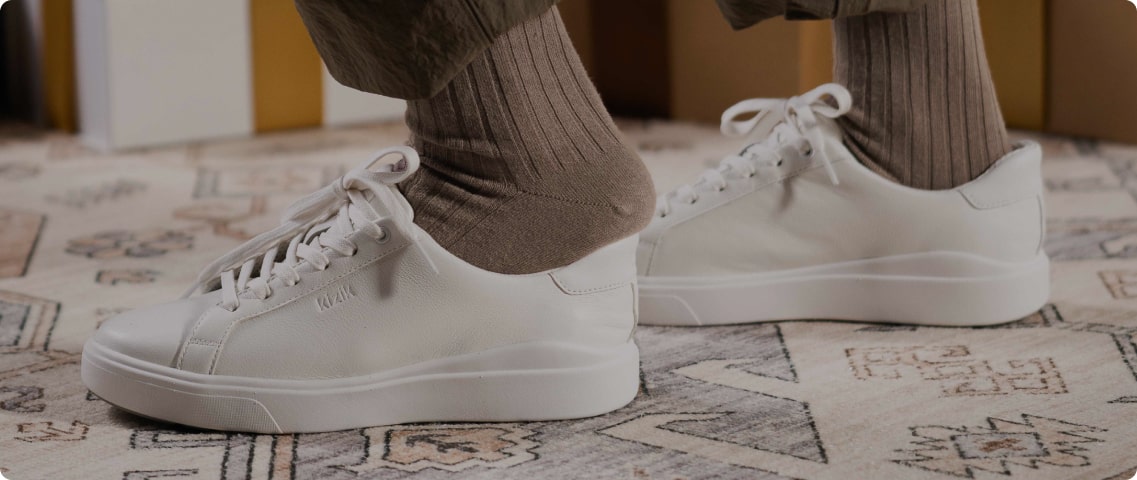
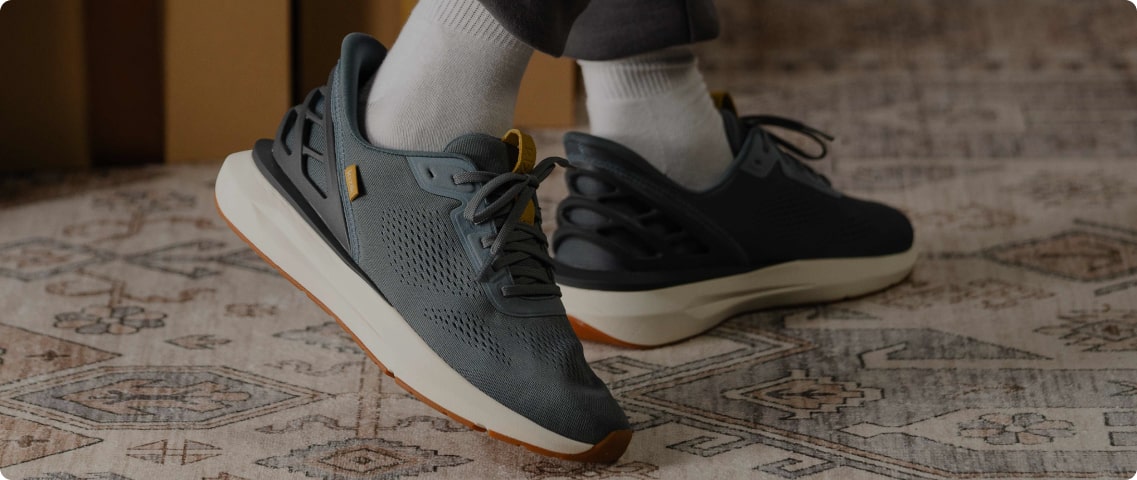


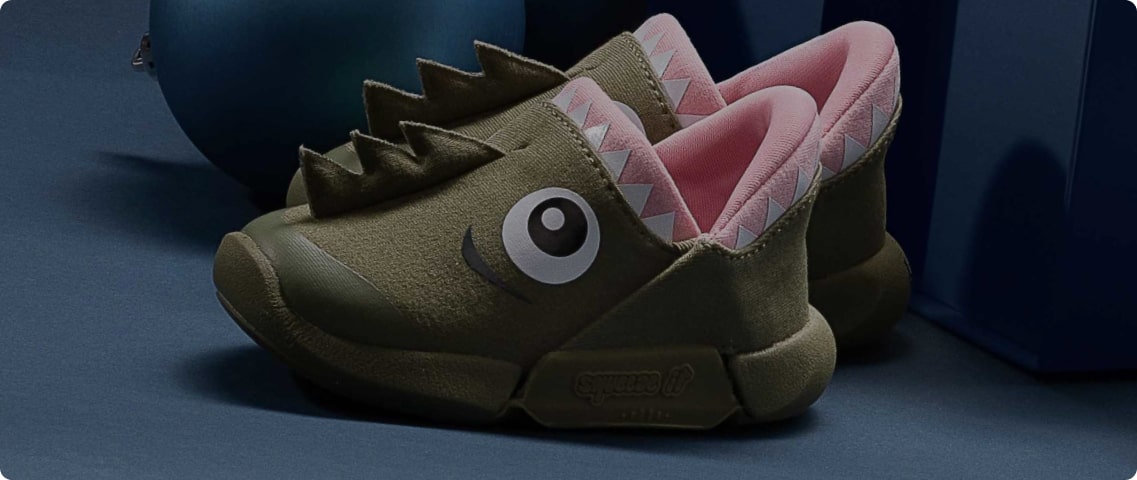
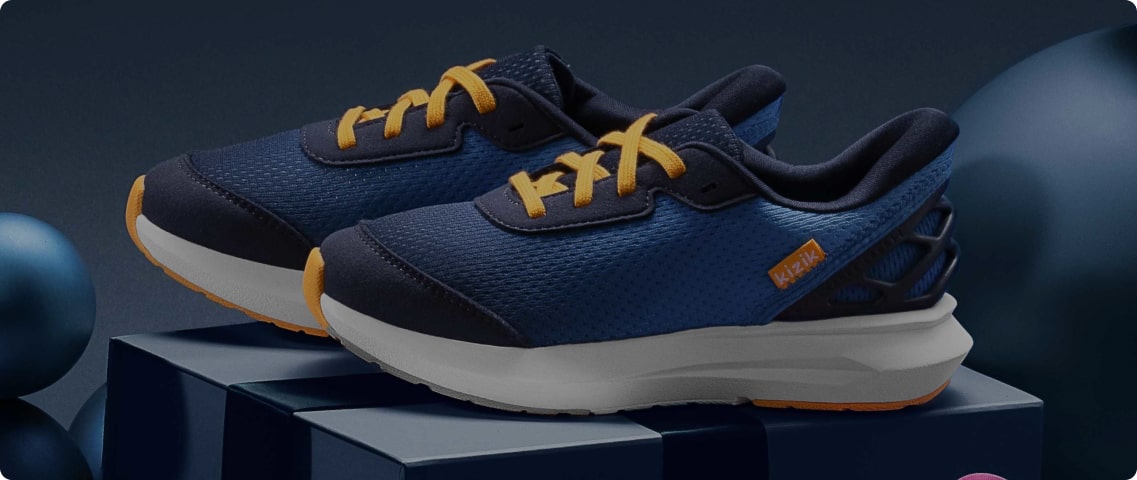
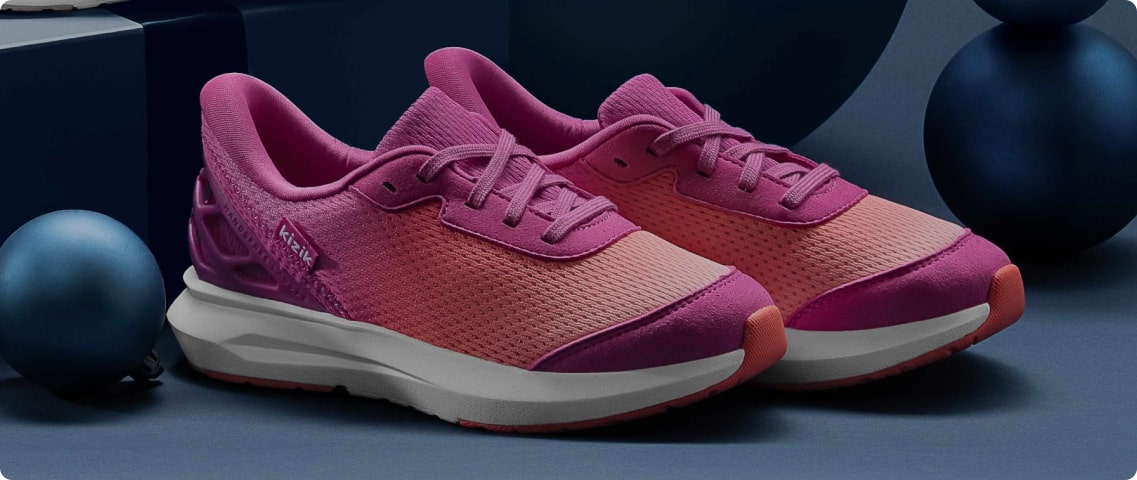

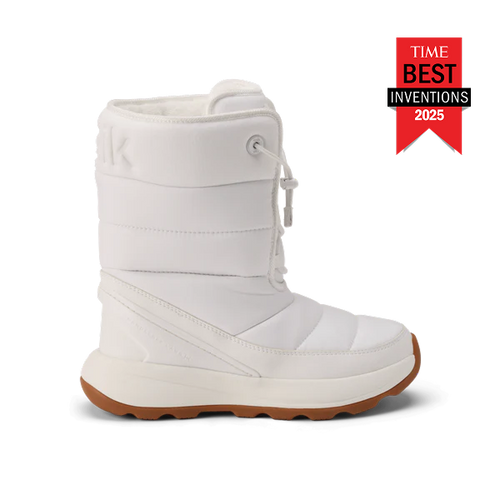


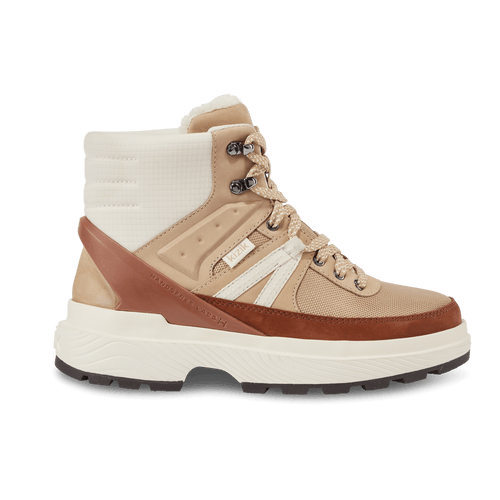
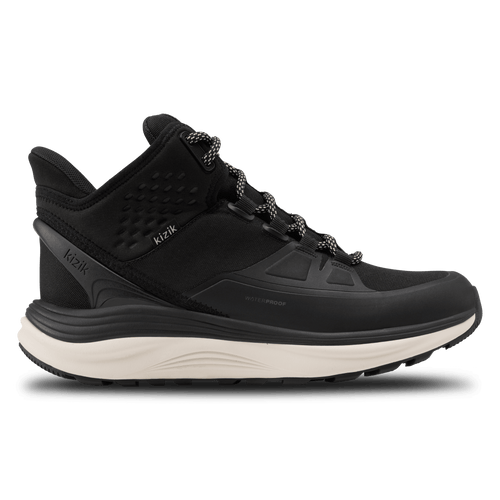








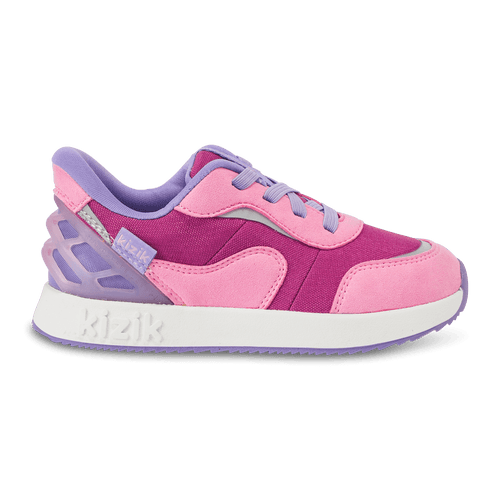



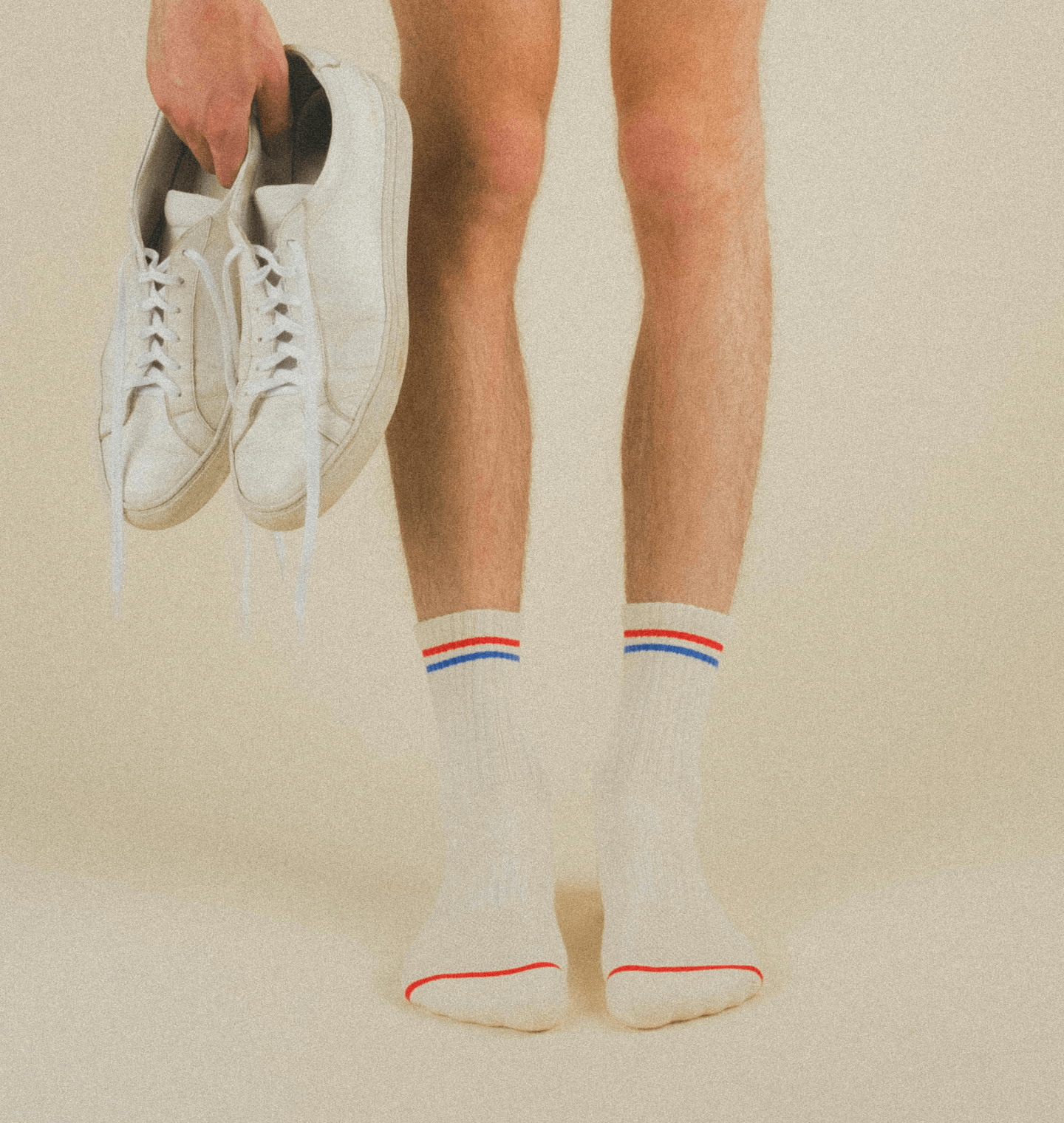
Leave a comment
This site is protected by hCaptcha and the hCaptcha Privacy Policy and Terms of Service apply.